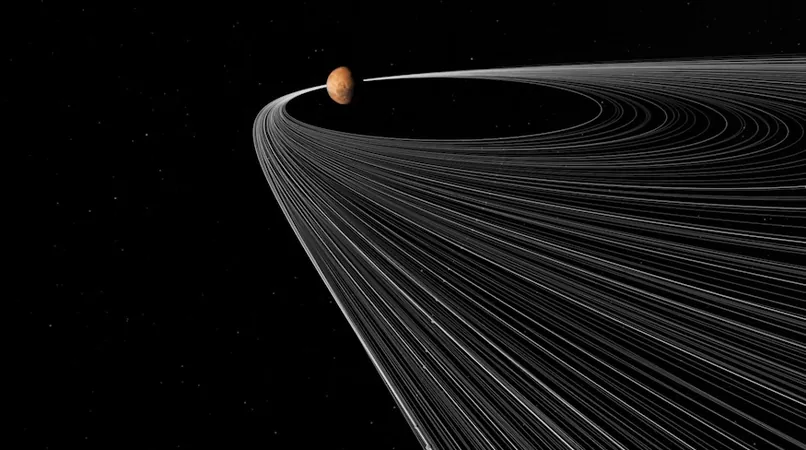
Groundbreaking Supercomputer Simulation Reveals Secrets Behind Mars' Moons!
2024-11-22
Author: William
Groundbreaking Supercomputer Simulation Reveals Secrets Behind Mars' Moons!
Recent advancements in supercomputer simulations have shed light on one of the solar system's captivating mysteries: how Mars acquired its moons, Deimos and Phobos. While Earth boasts a well-understood origin story for its Moon—resulting from a catastrophic collision with a Mars-sized body called Theia—Mars has left scientists scratching their heads due to the absence of lunar rock samples.
Deimos and Phobos, the two Martian moons, have asteroid-like characteristics that suggest they may be captured celestial bodies. This theory posits that Mars, a smaller planet with weaker gravitational pull compared to Earth and Venus—which do not possess any captured moons—could have snagged these asteroids during its formative years. However, the challenge lies in Mars' inability to effectively capture large celestial objects, as captured moons tend to exhibit elongated, elliptical orbits, whereas both Deimos and Phobos exhibit near-circular paths.
In a bid to explore an alternative explanation, researchers have examined the possibility that these moons could have formed from debris resulting from a collision. Imagine an asteroid or comet striking Mars, roughly 3% of the planet's mass, creating a debris ring from which the moons would arise. This might explain their circular orbits, yet it presents a further puzzle. Any debris from such a collision would primarily orbit very close to Mars, making the relatively distant Deimos a conundrum.
Enter a revolutionary new model that proposes a dramatic near-miss encounter with a giant asteroid. This novel theory suggests that a sizeable asteroid passing close to Mars could be torn apart by the planet's gravitational forces, scattering fragments into space. These fragments would initially take on elliptical orbits around Mars, but over time, influenced by the gravitational nudges of the Sun and other bodies in the solar system, the orbits of some fragments could evolve. Eventually, they would collide, forming a debris ring akin to what might arise from a direct impact. This innovative approach aligns with the unique orbits of both Deimos and Phobos, offering a compelling explanation for their existence.
While this supercomputer simulation hints at a new avenue to understanding the Martian moons, the ultimate resolution to this mystery will rely on missions to study the moons directly. Excitingly, the Mars Moons eXploration mission (MMX) is set to launch in 2026. This ambitious mission aims to scrutinize both moons and retrieve samples from Phobos, paving the way for clearer insights into these enigmatic celestial companions of Mars.
As we count down to MMX, the anticipation builds around potential findings that could transform our understanding of planetary evolution and the dynamics of our solar system. Could we finally uncover the secrets that have eluded scientists for centuries? Stay tuned!



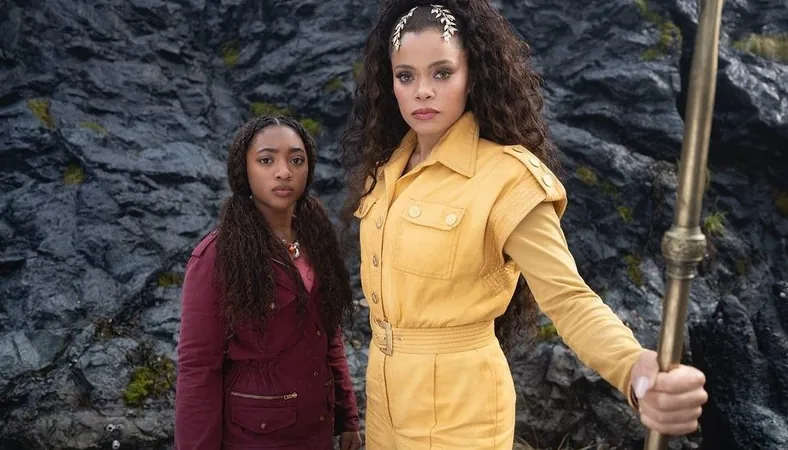
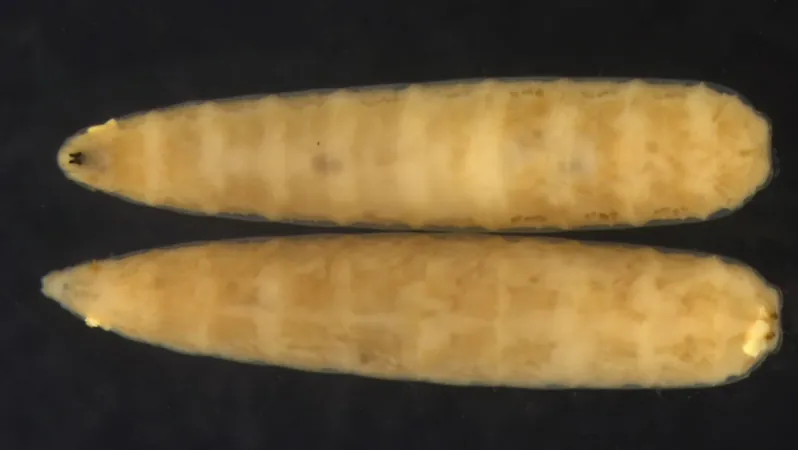

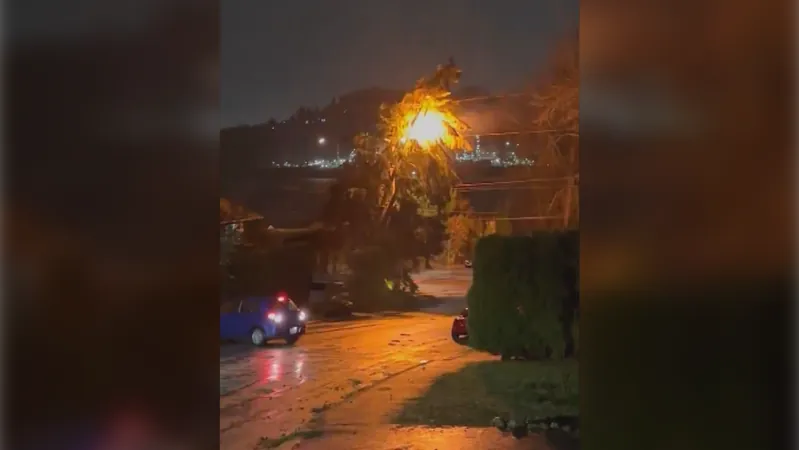
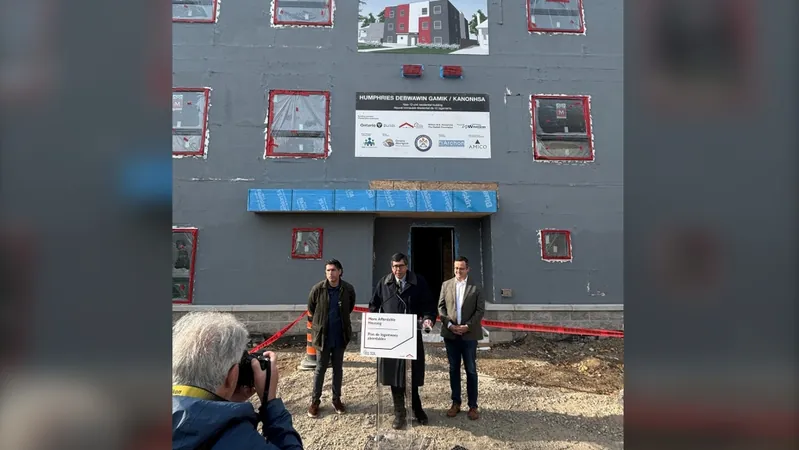
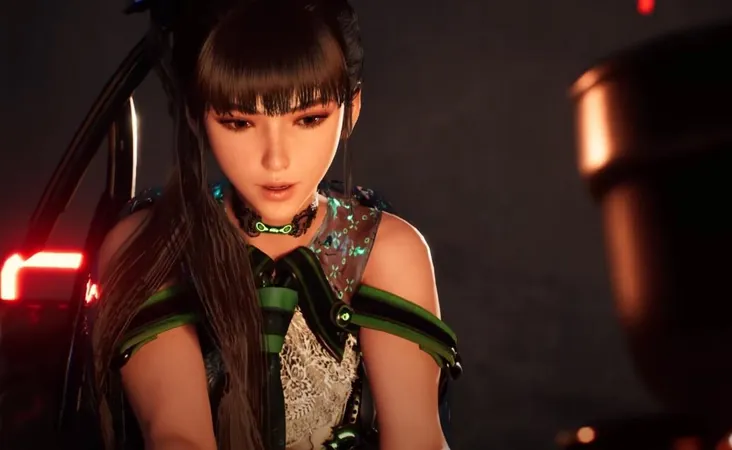
 Brasil (PT)
Brasil (PT)
 Canada (EN)
Canada (EN)
 Chile (ES)
Chile (ES)
 España (ES)
España (ES)
 France (FR)
France (FR)
 Hong Kong (EN)
Hong Kong (EN)
 Italia (IT)
Italia (IT)
 日本 (JA)
日本 (JA)
 Magyarország (HU)
Magyarország (HU)
 Norge (NO)
Norge (NO)
 Polska (PL)
Polska (PL)
 Schweiz (DE)
Schweiz (DE)
 Singapore (EN)
Singapore (EN)
 Sverige (SV)
Sverige (SV)
 Suomi (FI)
Suomi (FI)
 Türkiye (TR)
Türkiye (TR)